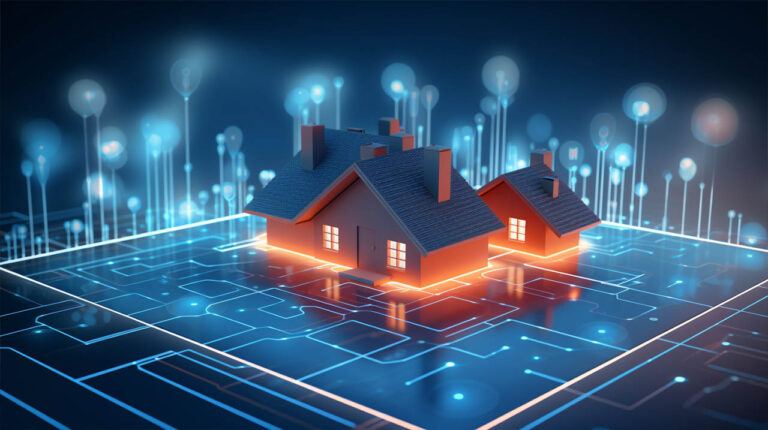In recent times, the world has witnessed unprecedented climatic extremes. As temperatures soar, the role of roofs in mitigating these extremes has become paramount. With the advent of innovative technologies, the roofing industry is undergoing a transformation, offering solutions that not only combat the effects of climate change but also ensure energy efficiency.
The Rising Need for Climate-Adaptive Roofing
The U.S. has experienced a significant increase in heatwaves, with major cities witnessing a tripling of annual heat waves since the 1960s. Such extremes have prompted architects and builders to seek out advanced roofing solutions. Traditional roofs, while serving their primary function, often contribute to the heat island effect, exacerbating the problem. Enter cool-roof technologies.
Understanding Cool-Roof Technologies
A cool roof, in essence, is designed to reflect more sunlight and absorb less heat than a standard roof. The effectiveness of a cool roof is determined by two primary metrics: solar reflectance and thermal emittance. Both are rated on a scale from 0 (ineffective) to 1 (highly effective). For a roof to be considered ‘cool’, it should ideally have a solar reflectance and thermal emittance exceeding 0.7 and 0.75, respectively.
However, while cool roofs offer a solution for hot climates, they can be counterproductive in colder regions. The reflection of sunlight during winter months can lead to colder interiors and increased heating costs. This has led to the exploration of ‘smart roofs’.
The Evolution to Smart Roofs
Smart roofs represent the next generation in roofing technology. Unlike their cool roof counterparts, smart roofs can adapt their properties based on the season. This adaptability is achieved through the use of materials that can alter their reflectance and thermal emittance properties.
One such innovation involves phase change materials (PCMs). These materials can store and release significant amounts of heat during their state change. Modern iterations of PCMs have overcome early challenges, such as chemical instability and flammability. When integrated into roofing systems, PCMs can significantly reduce interior temperatures, even on the hottest of days.
Another breakthrough comes in the form of smart coatings. These coatings can be applied directly to roofing materials, transforming them into adaptive composites. For instance, a bio-based thermochromic material has been developed that can selectively reflect and absorb solar heat, offering both cooling and heating benefits.
Sweating Roofs: A Novel Approach
Drawing inspiration from human physiology, scientists have developed roofing surfaces that mimic the sweating mechanism. These roofs utilize a thermo-responsive hydrogel that releases stored water when temperatures exceed a certain threshold. The subsequent evaporation of this water helps maintain cooler roof surfaces for extended periods.
The Promise of Smart Ceramic Tiles
Roof tiles, a staple in roofing, are also undergoing a transformation. Researchers have developed smart ceramic tiles with nanostructured optical surfaces. These tiles utilize thermochromic materials that can regulate the passage of infrared light based on temperature, offering a dynamic solution to temperature control.
The Comparative Advantage of Smart Roofs
While smart roofs offer a plethora of benefits, they are not without their challenges. However, when compared to traditional cool roofs, their adaptive nature makes them a more viable solution in the face of changing climatic conditions.
At TecHero Roofing, we understand the importance of staying ahead of the curve. As a leading North Hills roofer, we are committed to integrating the latest in roofing technology to provide our clients with solutions that are both sustainable and efficient. Whether you’re looking for roof repair in North Hills or exploring the latest in roofing services in North Hills CA, our team is here to assist.
Conclusion
The future of roofing is bright, with innovations promising not only to combat the adverse effects of climate change but also to ensure energy efficiency and sustainability. As the industry continues to evolve, it is imperative for homeowners and businesses alike to stay informed and make choices that align with both their needs and the well-being of the planet.


